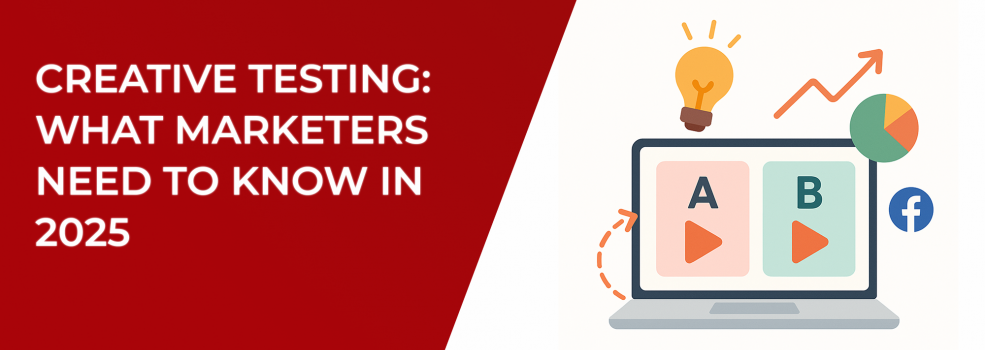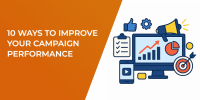Why creative testing is having its moment
Facebook advertising operates in an AI-driven, budget-optimized world, yet the ad that wins is still the one that resonates with a human. In 2025 the average click-through rate on Facebook ads is about 0.90%, while the average cost-per-click hovers near $1.70. When Facebook ad impressions keep rising but engagement stalls, disciplined creative testing remains the quickest lever for improving Facebook ad performance without simply spending more. If rising costs already have you worried, here’s why you sometimes see “Ad Set May Get Zero” in Facebook Ads — and how to fix it.
What counts as creative testing in 2025
Creative testing is the systematic practice of isolating a single variable — visual, headline, offer, format or audience — and measuring how that change moves key Facebook ad metrics such as Facebook ad CTR average, Facebook ads conversion rate and return on ad spend Facebook. Done well, a test answers three questions:
-
Does the asset capture attention? (scroll-stopping imagery, motion or copy)
-
Does it convert the right person? (tight message match between ad and landing page)
-
Can it scale? (will it hold up when rolled into Advantage campaign budget or broad targeting)
Not sure which objective fits your next experiment? See Meta ad campaign objectives explained, and how to choose the right one.
Because Meta is phasing out portions of the built-in “standard enhancements” bundle from Advantage+ creative, advertisers must now supply more high-quality variations on their own. Consistent creative testing transforms Facebook ads optimization from guess-and-check into a predictable growth engine.
For a targeting refresher before you start, read Facebook Ad Targeting 101: how to reach the right audience.
Below are three practical testing formats that performance marketers lean on in 2025.
Spotting fatigue early is critical, learn how to detect and fix Facebook ad fatigue fast.
Keep hypotheses simple and data signals clean; that’s how insights surface quickly.
Metrics that actually matter
Before spending budget, benchmark your creative against realistic, up-to-date averages.
Benchmarks shift every quarter; bookmark the latest average CTR for Facebook ads in 2025 to keep goals realistic.
If a new variant beats any baseline by 20% or more, promote it into scale campaigns; if it lags by 25%, pause it to preserve signal quality.
Budgeting and pacing in the Advantage era
Meta’s machine learning prefers stable budgets, while creative testing thrives on flexibility. Balance both by earmarking 10–15% of daily spend for testing, allowing each variation at least 48 hours and 50 conversion-tracked events before judgment. Winners graduate to campaign-wide budget optimization with “Highest Volume” bidding; underperformers are paused swiftly to protect signal clarity. When you’re ready to add spend, follow the science of scaling Facebook ads without killing performance.
Avoiding fatigue and “learning-limited” purgatory
-
Rotate winning creatives every three to four weeks.
-
Monitor impression frequency; when CPM climbs while CTR drops, you are overserving.
-
Refresh hooks and value propositions, not just colors, because even the sharpest thumbnail can’t rescue a tired offer.
Tools and workflows that speed up the process
Even the strongest testing strategy stalls without the right stack. Here are four accelerators dominating 2025 media rooms:
These tools compress the feedback loop so marketers can test, learn and roll out fresh ads before performance degrades.
Action checklist
-
Pull your live benchmarks — CTR, CPC, CPA and ROAS.
-
Draft one clear hypothesis per test (“User-generated content will beat studio shots”).
-
Launch two to three variants with equal budgets, tracking Facebook ad optimization metrics daily.
-
Promote the winner to evergreen campaigns and pause the rest.
-
Document every learning; today’s insight is tomorrow’s playbook.
Creative testing is not just another Facebook ads tip; it is the operating system for sustainable, profitable growth. With disciplined iteration, accurate benchmarks and the right data, marketers can turn every insight into scalable revenue long before competitors even realize the scroll has stopped.

